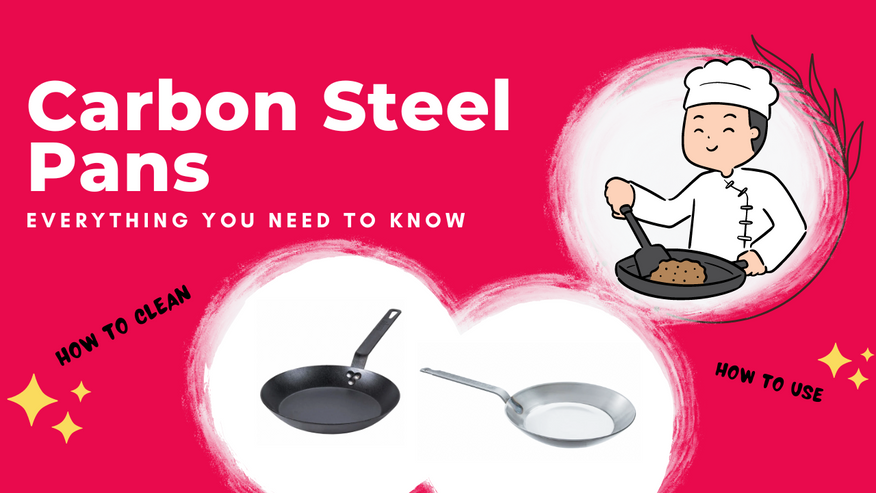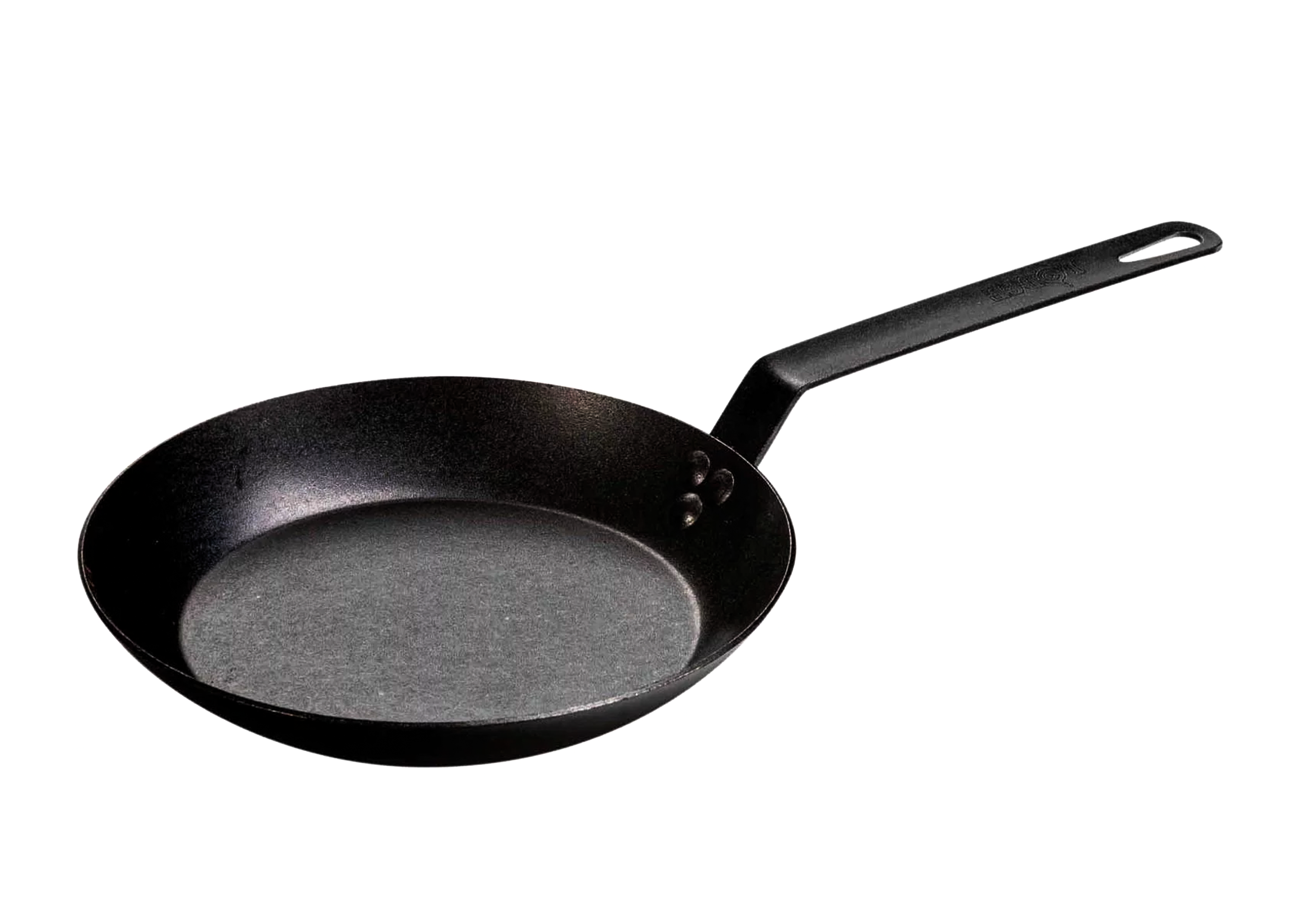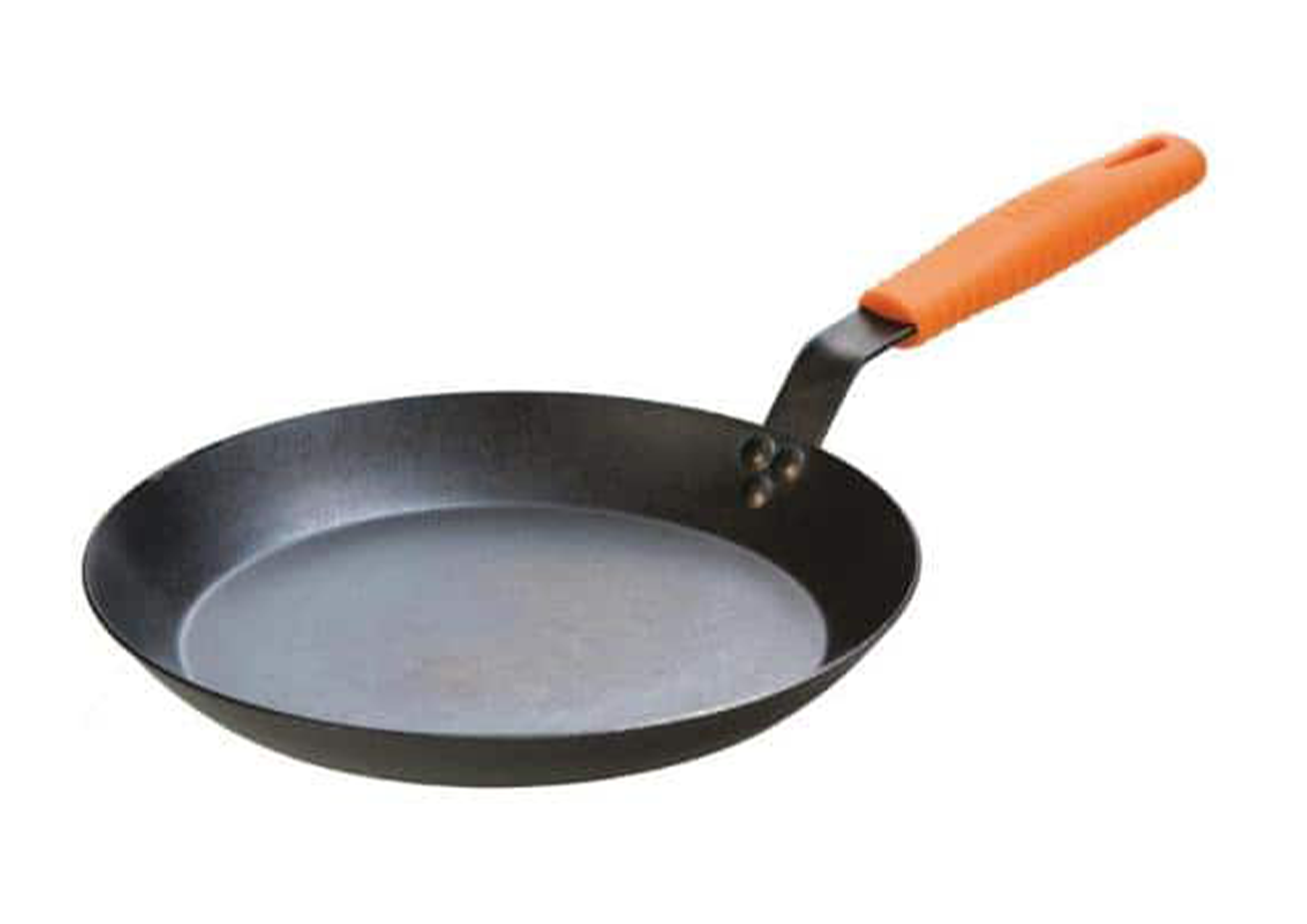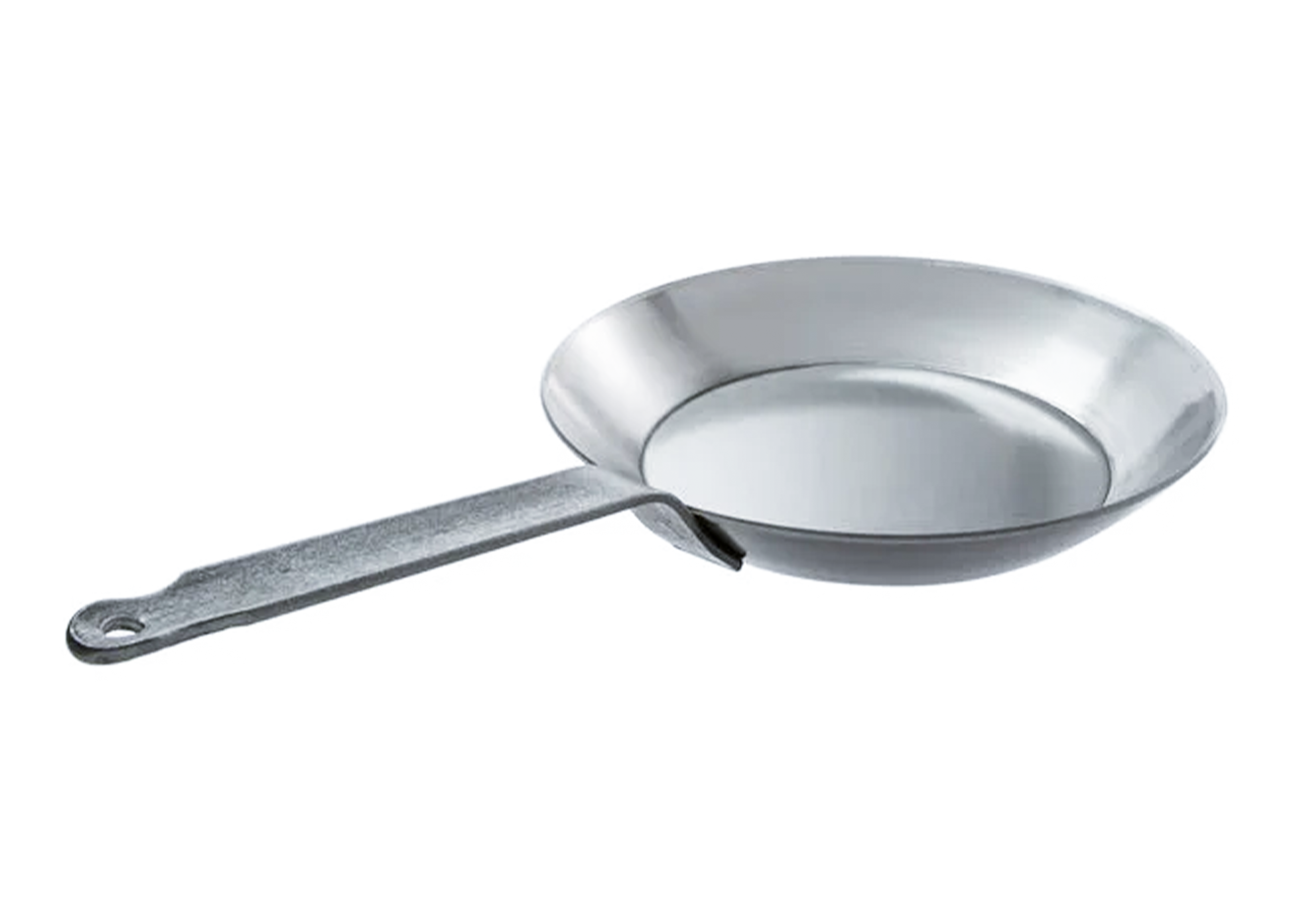Sep 6th 2022 - Monica Cunanan
What You Need to Know About Carbon Steel Pans
Carbon steel cookware is one of the most popular choices among professional chefs because it's versatile, durable, and easy to care for. In this article, we discuss how you can find the best carbon steel cookware for your business or home kitchen.
What You Need to Know About Carbon Steel Pans
The Workhorse of the Kitchens
Because carbon steel pans are versatile enough to cook both low-temperature dishes such as eggs and crepe and high-temperature dishes such as steak and fish fillets, they're the go-to cookware for restaurants.
Mostly Used for Restaurant Kitchens
Carbon steel pans tend not to be as pretty as their nonstick pan counterparts, largely because they weren't originally intended for aesthetics. They're working pots, meant exclusively for use by professional kitchens. However, if you love serving restaurant-style dishes at home, we really recommend getting this versatile pan.
Model Featured: Lodge CRS10
Easy to Maintain and they are Versatile

Home cooks and Restaurant chefs are increasingly using carbon steel cookware because they realize its benefits. Carbon Steel cookware is thinner and lighter than its aluminum counterparts, they respond faster to temperature fluctuations, and are far stronger than aluminum or stainless pans. They have a smoother surface and can withstand temperatures ranging from a high-powered gas burner to a blazing hot oven. Since they're made from iron, carbon steel pots and skillets can be used with induction cooktops, which is one of the many reasons why it is gaining traction in home kitchens.
More Durable than other pans
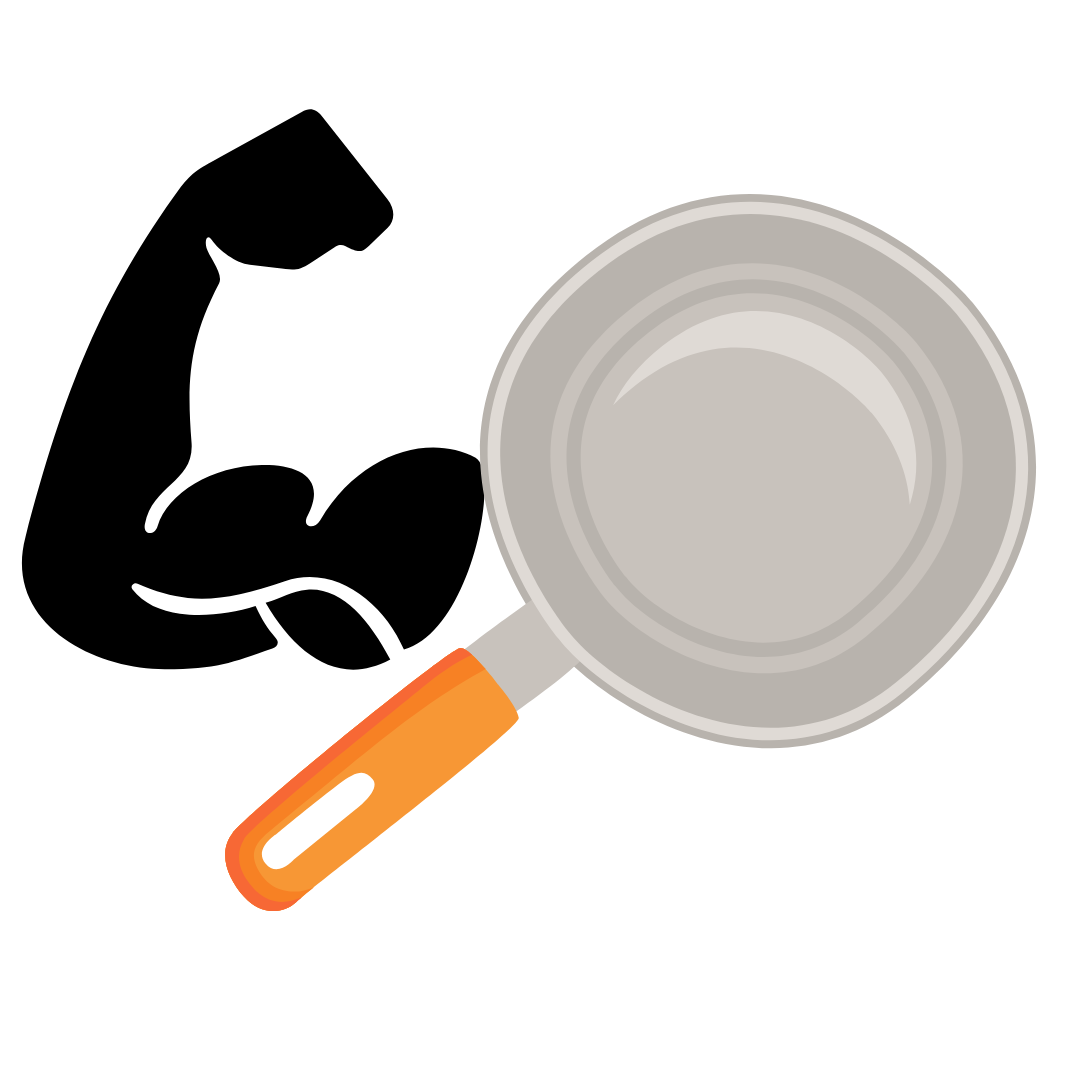
Carbon steel has a higher carbon content (2.1% carbon by weight) than other stainless steel pans (0.05%-0.3%). What exactly does that mean? Well, that extra carbon to this alloy increases the tensile strength of the pan.
Comes in a Variety of Sizes
You can get Carbon steel in a wide range of sizes and depths. There are petite blini pans, specialized crepe pans, as well as the common 8-inch, 10-inch, and 12-inch carbon steel pan.
Season Your Pans!
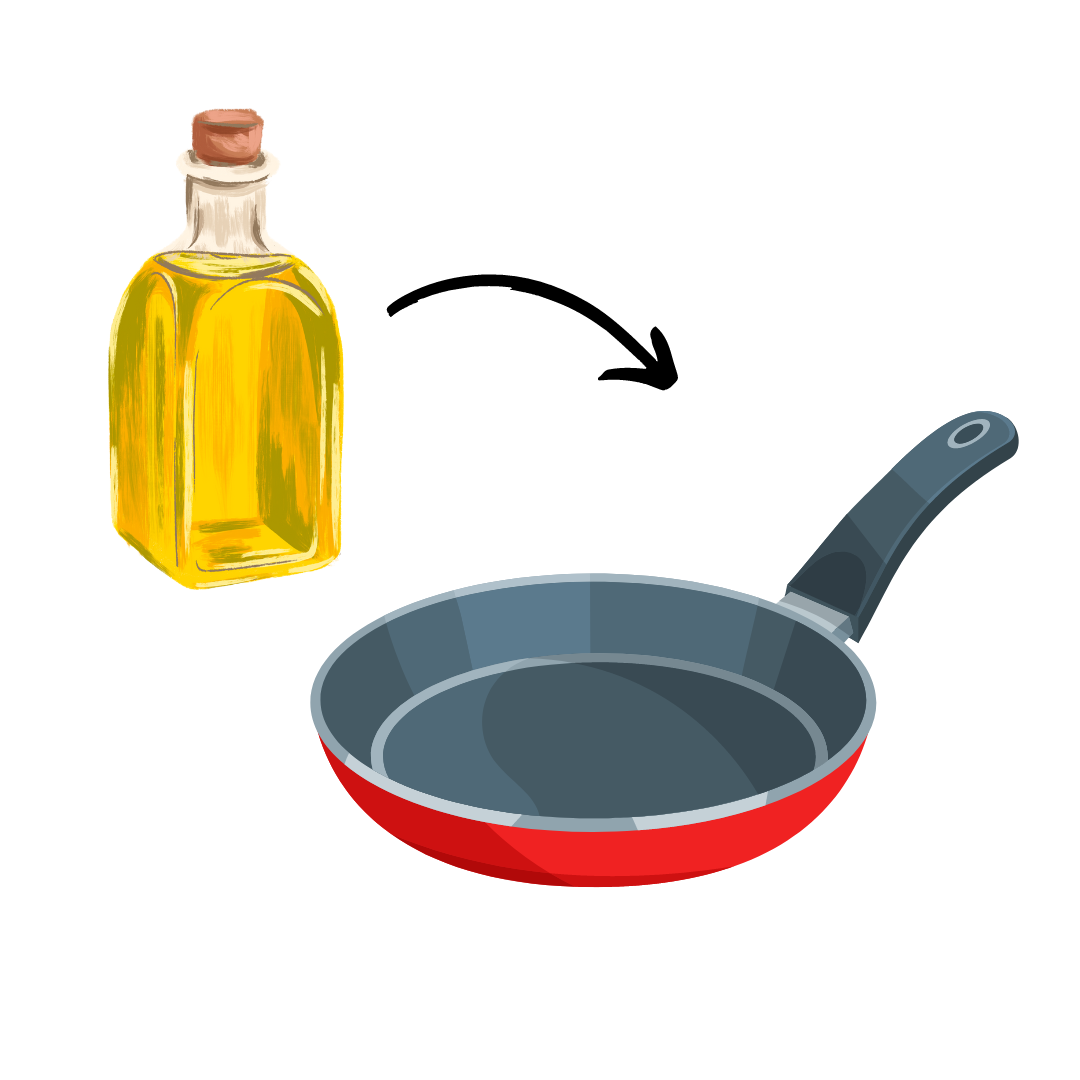
Like Cast Iron Seasoning, carbon steel pans will also need an initial seasoning to help build up their natural non-stick coating before you can cook in them. Seasoning your carbon steel pans helps prevent rust and keeps food from sticking during cooking. This process essentially seals your pan’s surface by forming a solid layer, filling in the metal’s small pores. This is through the process called polymerization wherein heat and oil with a high smoke-point react together.
Maybe you purchased a pre-seasoned pan, however, this is mainly meant to protect your pans during transit. You would. need another round of seasoning before you begin cooking. Using ovens works well when you season but you might need to adjust your oven racks if they're not large enough to fit a carbon steel wok.
How to Cook With Carbon Steel Cookware
New Pan? Avoid Cooking Delicate Foods!

A newly purchased carbon steel frying pan needs some time to develop its signature nonstick coating. It’s important to start off by avoiding cooking delicate ingredients like eggs or seafood. Some foods may stick to the pan and not be cooked properly, resulting in either an unappetizing heap of food or a burned mess to deal with.
To get started, cook a fatty protein, like pork belly or beef brisket, in your pan. Once you've used your Carbon Steel for a few times, you'll see that it will become nonstick over time.
Make Sure to Preheat Your Pan
Make sure you're taking good care of your ingredients before putting them into the pan. Make sure your food has been properly prepared and is at room temperature. Cold foods run the danger of thermal shock, which could warp and damage your Carbon Steel pan.
Before putting your ingredients into the pan, heat the pan over low for two to three minutes, then add in your oil or butter. Let that heat up until it reaches 160°F (71°C) for 1 to 2 more minutes before adding your food. Make sure not to overcrowd your pan when cooking your food; this could result in steaming your food instead of achieving the desired Maillard reaction.
Be Cautious of the Heat
We love carbon steel pans because they're able to handle high heat without breaking down. But that doesn't necessarily imply that they need to be used at high heat. Carbon steel heats up quickly thanks to its great heat distribution and is also great at heat retention. You may often be able to use less heat than you would think.
We recommend using carbon steel for most types of the cookware unless you're doing some serious high-temperature cookery (like over an open fire or under the broiler). It lets you sear and crisp foods perfectly without risking them from becoming burnt.
Model featured: This Lodge CRS12HH61 has a silicone handle that lets you handle the pan without burning your fingers.
Proper Cleaning After Use
Cleaning your carbon steel pans properly is an important step toward keeping them in good condition for use.
How to Clean Carbon Steel Cookware
It is usually not recommended to use a dishwasher, or soap and water to wash your carbon steel cookware because this can ruin the seasoning which acts as the protective coating. If it is needed, you can use this method but remember that you would have to reapply additional seasoning before you can use it again.
(See more: How to clean Aluminum steel equipment, How to clean stainless steel equipment)
Here are the proper steps to clean any carbon steel cookware:
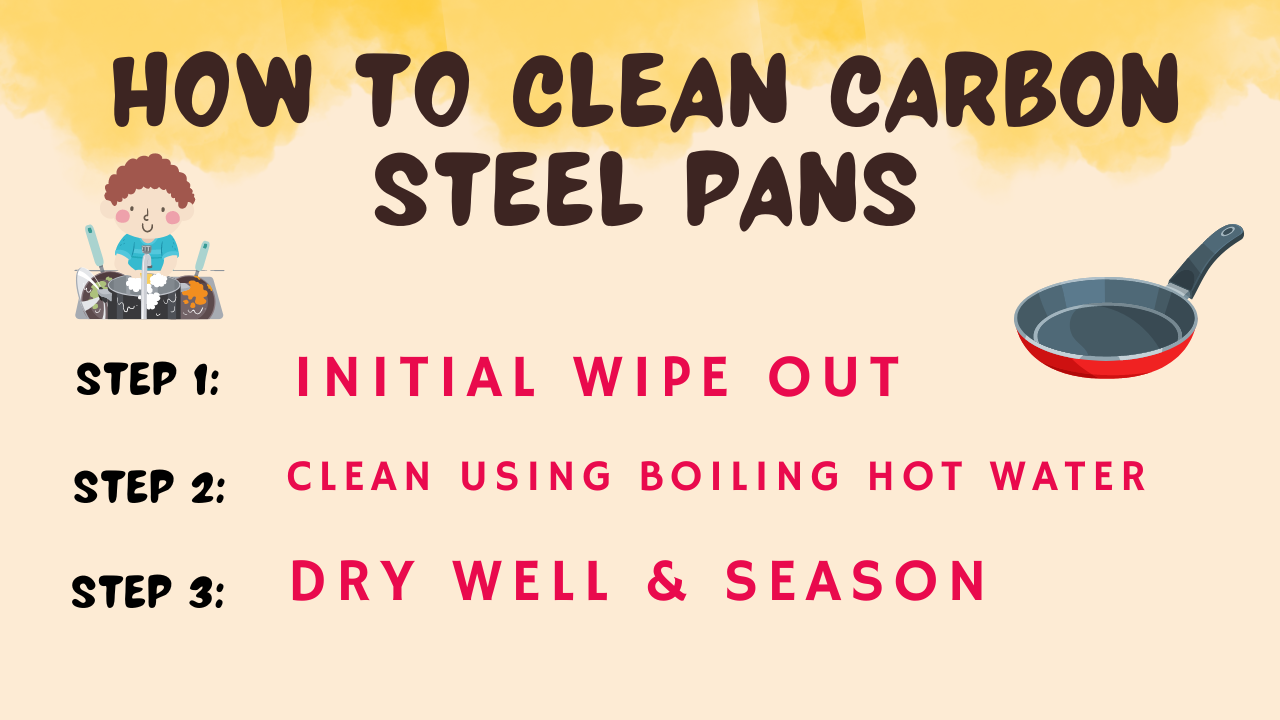
Step 1: Initial Wipe Out
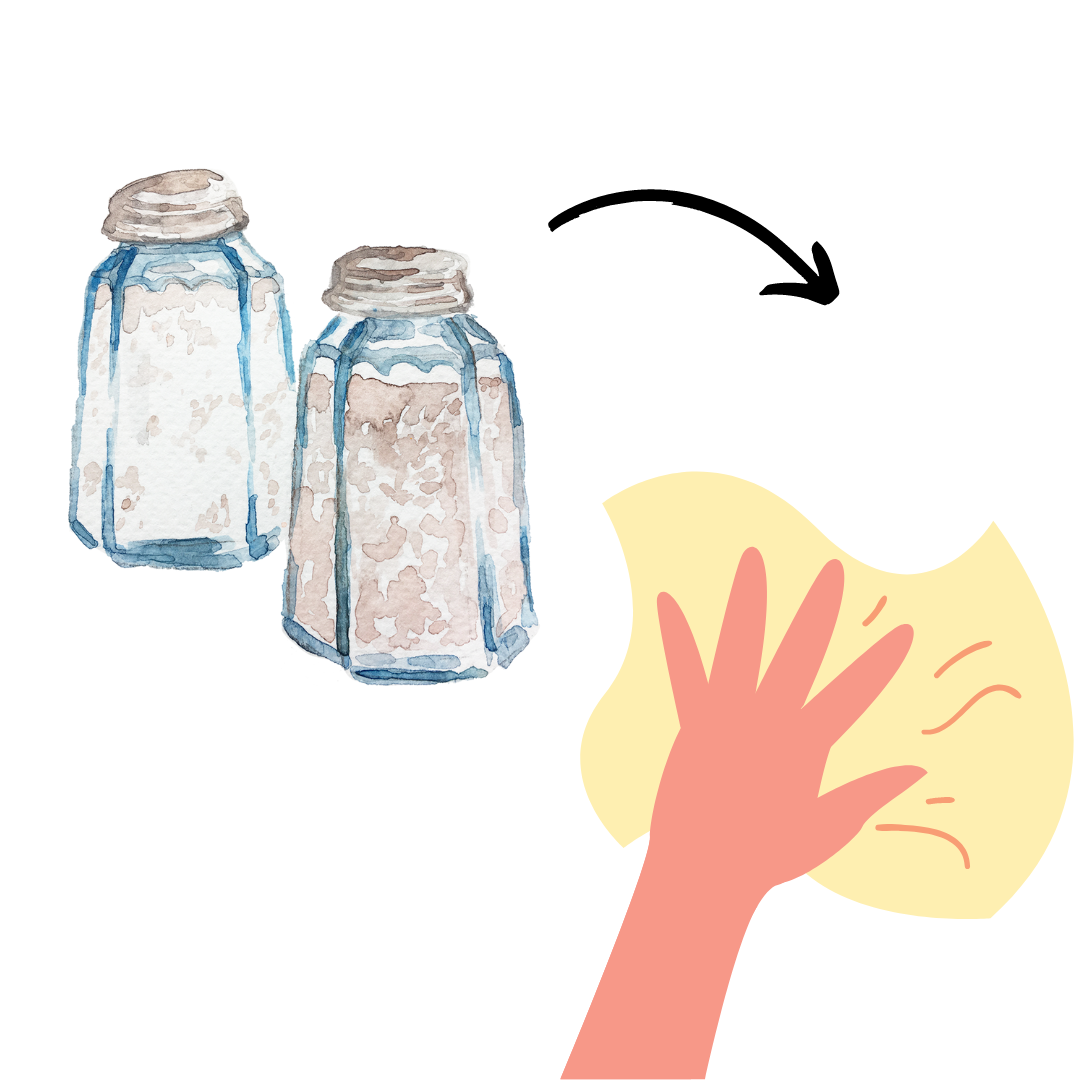
It is easy to clean up a pan if it has been seasoned and used correctly. To clean up any excess grease from your pan, use paper or a cloth napkin to wipe away the excess. It should be ready for another round of cooking in just minutes. For more stubborn messes, you can use a steel wool sponge although it may cause superficial scratches. You can also try this gentler method:
- Mix 2 tablespoons of coarse salt and 2 tablespoons of neutral oil, such as canola oil, vegetable oil, or grapeseed oil.
- Rub it all over the interior and exterior of your pan and the friction caused by the salt will get rid of stubborn food particles.
Step 2: Clean Using Boiling Hot Water
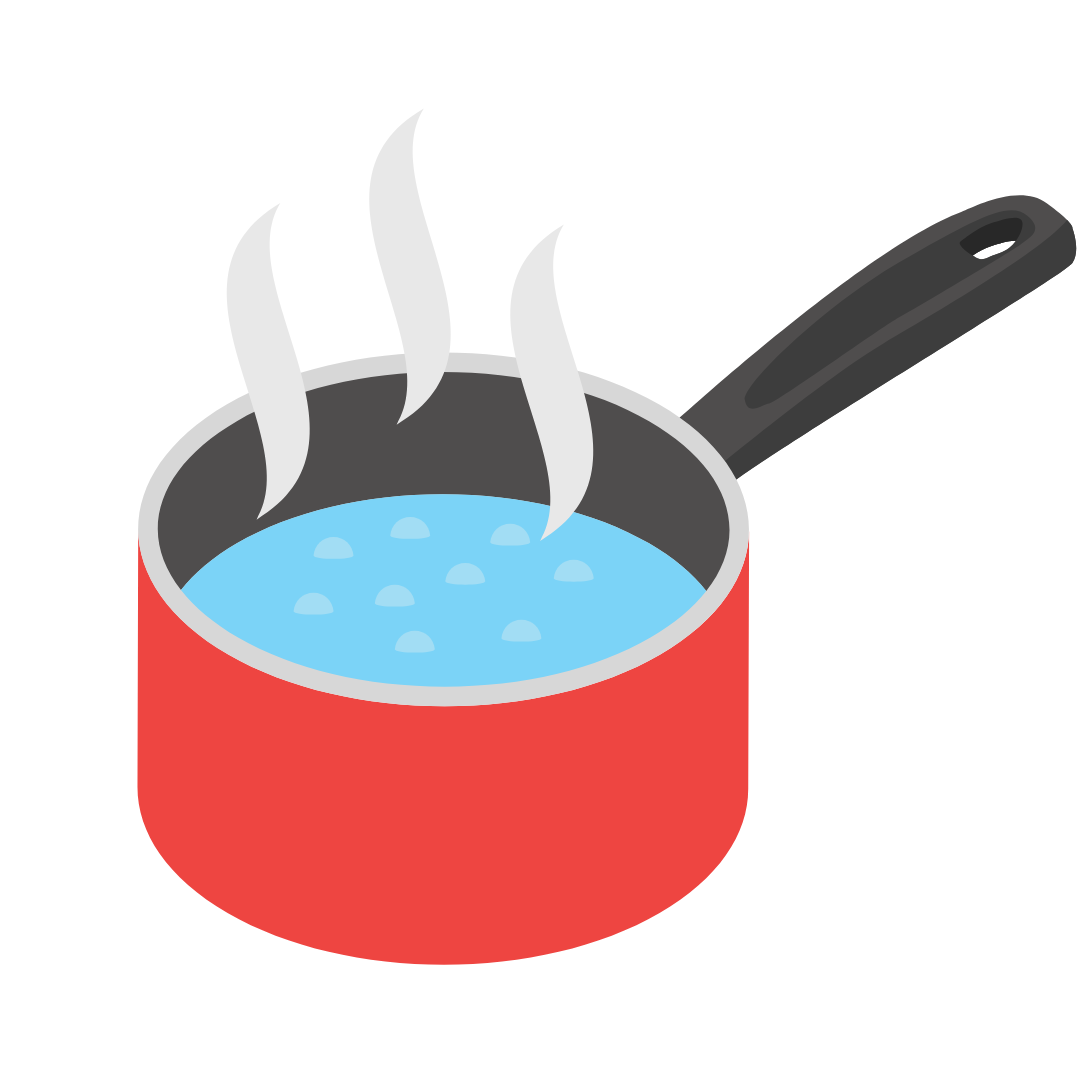
If there’s anything stuck on the bottom of your frying pans that won’t budge, try this boiling method:
- Add a small quantity of warm water, just sufficient to completely submerge the base of your pot, and bring it to a boil over medium heat.
- After the pan has reached a rolling simmer, use a wooden or plastic spatulate to scrape up any remaining bits from the bottom of the pot. The hot water should make it easier to scrape off.
- After all the food bits are removed, discard liquid into the kitchen waste bin.
- To ensure that your pan doesn't rust, return it to the stovetop over your induction burner or any kind of heat source. Use medium heat to dry it out completely before using it again.
Step 3: Dry Well & Season
Make sure to dry promptly and thoroughly using a clean, linter-free cloth or paper towel. If you feel like your pan needs extra seasoning, make sure to apply a layer of seasoning before storing it away.
Below is a complete instruction on seasoning process
How to Properly Season Your Carbon Steel Pan
Step 1: Preheat Your Oven
 To start the proper seasoning process,
To start the proper seasoning process,
- Preheat your oven according to the smoke point of your oil. If you will be using grapeseed oil which has a smoke point of around 420F, preheat your oven to that temperature. Make sure to check the label of your chosen oil.
- Line a Sheet Pan with aluminum foil and place it on the bottom rack of your oven.
Step 2: Apply Oil to Season Pan

- Pan slightly to medium-low
- Apply a thin layer of your high smoke-point oil to the inside of your Pan using a paper towel
- Don't skip the exterior of your cookware and carefully apply a thin layer of oil.This is extremely helpful especially if you plan to cook with it outside or live in a particularly humid environment.
Step 3: Heat It Up
After wiping off any excess oil from your pan, place it upside down in the heated oven for 10 minutes. The sheet pan catches any drips so you won't start a fire by accident. Put the pan in the oven for one hour.
If your pan feels tacky or sticky after applying oil, you may have used too much oil. Make a paste of coarse sea salts and some olive oil, then rub the surface of your pan with a paper towel. This will help smooth out the pan and get rid of any sticky residue.
Model Featured: Matfer Bourgeat Carbon Steel PanStep 3: Cool Down
After an hour, shut down your oven and allow the pan to cool inside. You can now use your carbon steel pan!
.

